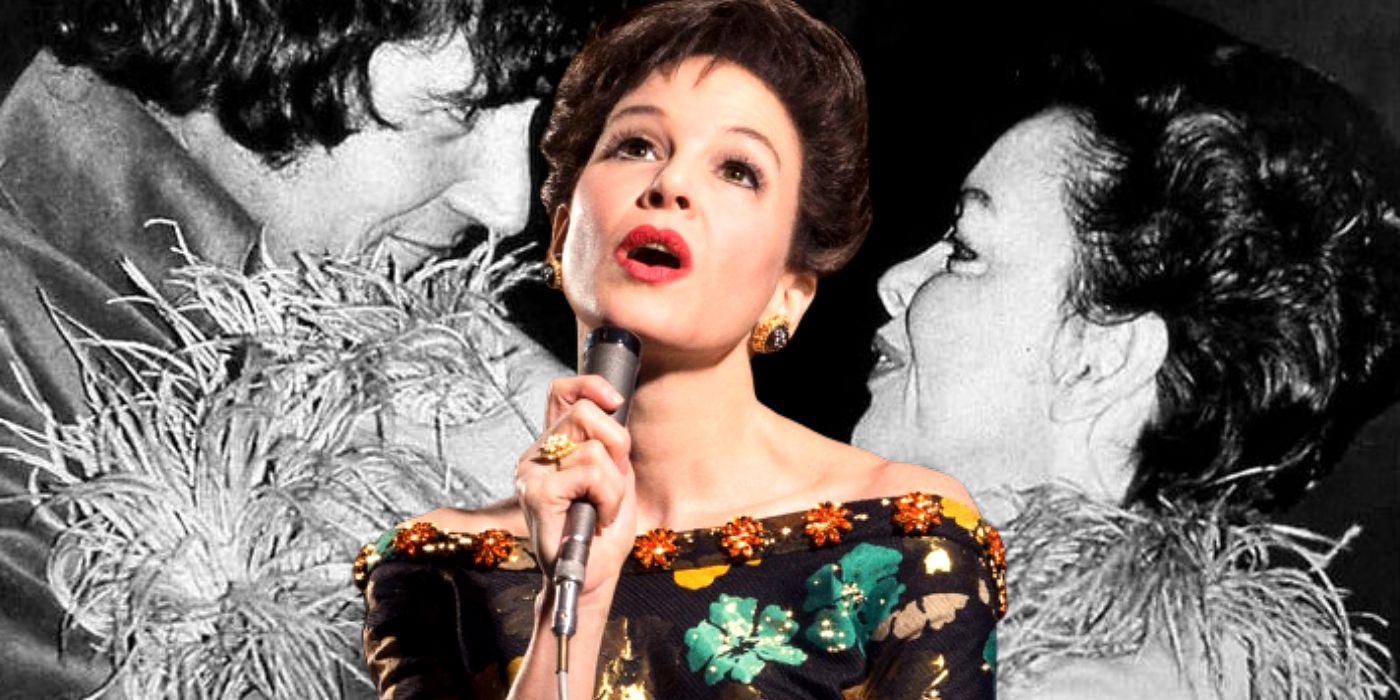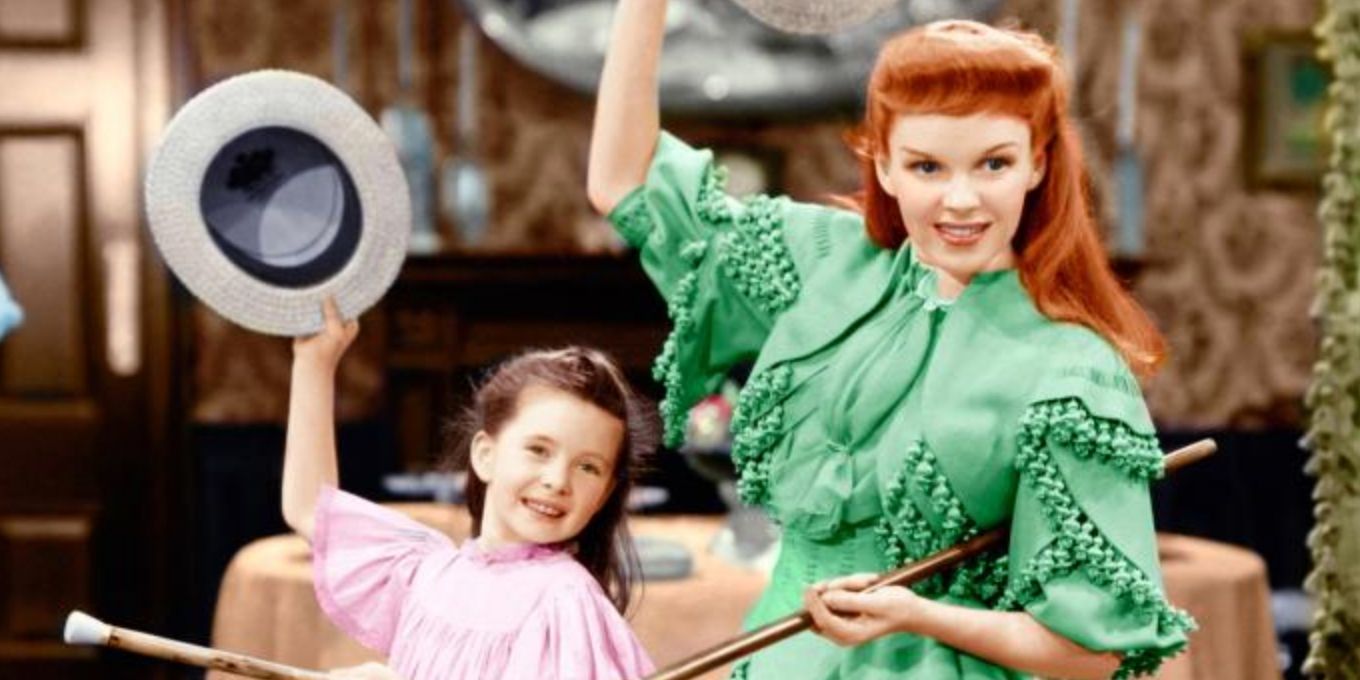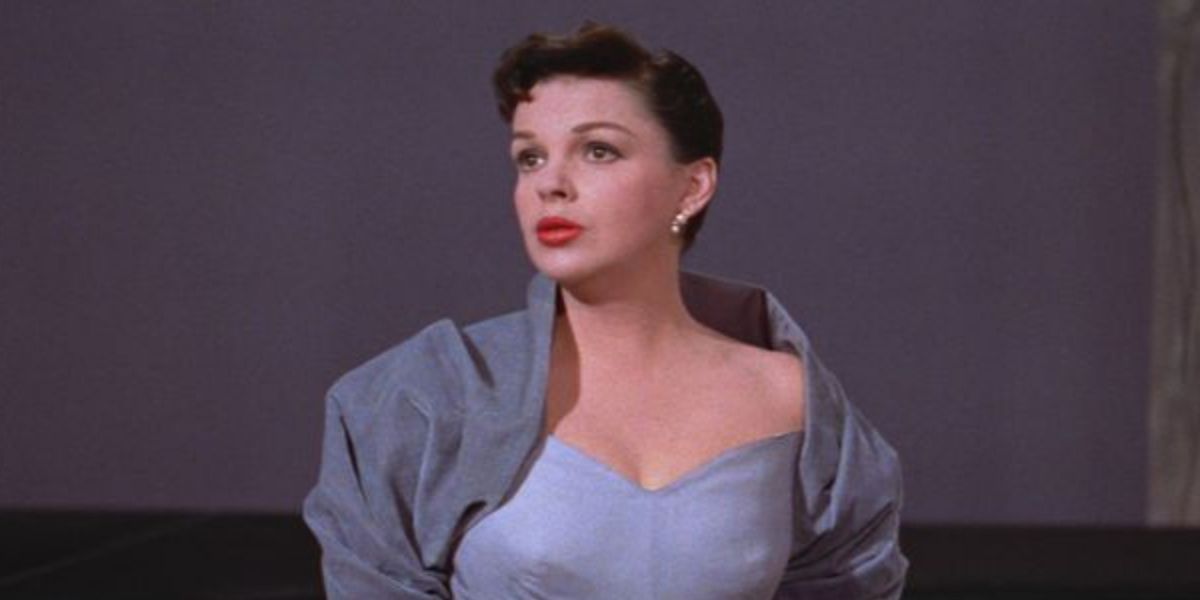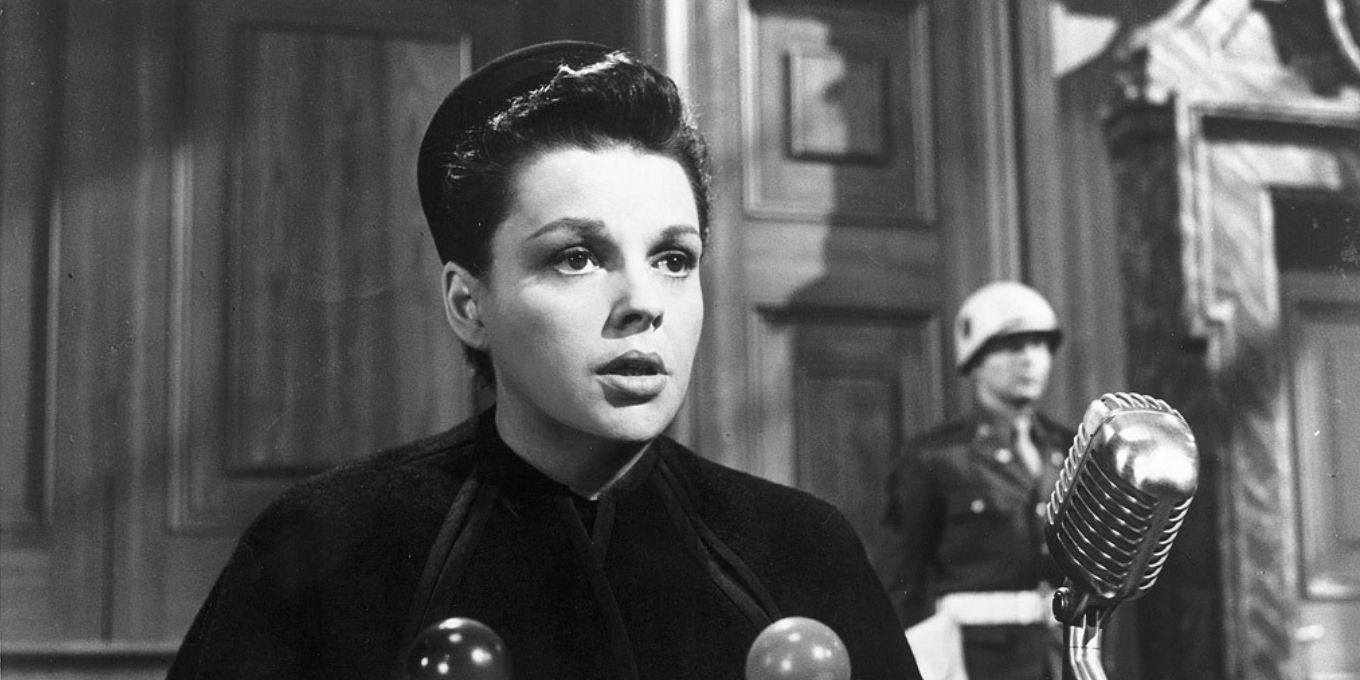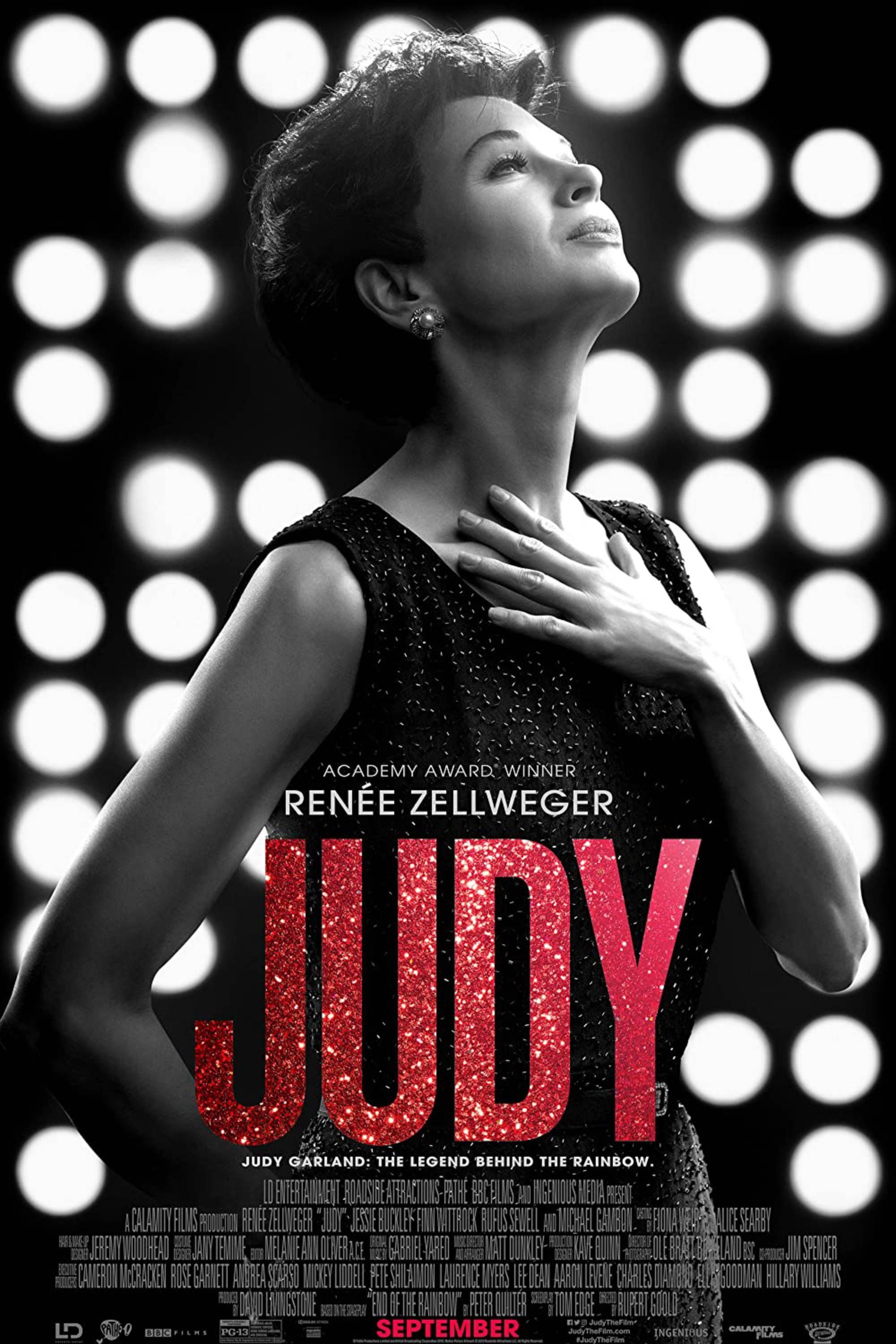Judy, the biopic of the last year of Judy Garland’s life, takes on the true story of a legend, with a few changes along the way. Judy stars Renee Zellweger in her Hollywood comeback role, and the movie has inspired a whole new flurry of conversations around the life and legacy of one Judy Garland.
Garland is one of the true and unmistakable icons of the film industry, an instantly recognizable figure with a one-of-a-kind voice who starred in arguably one of the most beloved films ever made, The Wizard of Oz. Garland’s life was even more dramatic off-screen than on, and the legend surrounding her has come to represent every true Hollywood story of celebrity and tragedy. Plenty of actresses have played Garland in various retellings of her life. Judy Davis famously won an Emmy for her performance in the ABC TV movie Judy: Me and my Shadows. However, given her immense level of stardom and industry influence, there aren’t as many biopics of her life as one would imagine there’d be, which is partly what makes Judy so intriguing.
Taking place in the late-1960s, Judy tackles a lesser-known period of Garland’s life and chooses to bypass the more familiar aspects of her career. Here’s the true story of Judy Garland, what Judy changes, and what happened next.
The Story Of Garland Before Judy
Judy sporadically flashes back to Garland’s early years at MGM when she was filming The Wizard of Oz. Born Frances Ethel Gumm, Garland was part of a vaudeville family and had been working from the age of two on the stage. In 1935, she was spotted by an MGM talent scout and immediately signed to the studio at the age of 13. After working in a number of small pictures for the studio, Garland was cast as Dorothy Gale in The Wizard of Oz. During production, she was forced to follow a strict diet and given tobacco to suppress her appetite. Following the shooting, Garland went on an extensive five-shows-a-day cross-country promotional tour with fellow MGM star Mickey Rooney. While The Wizard of Oz was not an immediate runaway success at the box office, Garland was highly praised for her work and she received an Academy Juvenile Award from the Oscars for her performance.
Judy only shows brief moments from this period of Garland’s life to show how the pressures of fame from such a young age impacted her throughout the rest of her years. Following on from The Wizard of Oz, Garland went on to become one of the biggest stars in Hollywood, thanks to musicals like Meet Me in St. Louis. However, Garland struggled with the pressure put upon her by MGM and her increasing reliance on the uppers and downers the studio provided. She made multiple attempts at suicide and was placed in a private sanatorium in 1947. The studio had to replace her on several movies because of her illnesses, lateness to set, and trouble with shooting.
The True Story Behind Judy & What The Movie Changes
Judy takes place in 1969, following a five-week series of concerts she mounted in London at the Talk of the Town nightclub. At this point in her life, Garland was arguably at her lowest ebb, both personally and professionally. As the film details, she was on the verge of losing custody of her children Joey and Lorna (fathered by her third husband Sidney Luft) due to her lack of funds and home. The beginning of Judy focuses more on Garland's relationship with Joey and Lorna, who often performed with her and were part of a bitter custody battle with Luft (played by Rufus Sewell). The film shows her struggles to earn enough money to look after her children, which was an unfortunate reality for her and the Lufts for many years. In her memoir, Me and My Shadows, Lorna Luft details how they would "run out of food and money regularly" while with Garland, who had become "unable to function much of the time." Judy chooses to show a more lucid Garland than she often was during the end of her life.
Hollywood had essentially turned its back on Garland by this point, due to her increasing unreliability and fragile mental state, in large part brought on by her drug problems. Her final film role had been six years prior in I Could Go On Singing and she had been fired from the 1967 production of Valley of the Dolls (even though one of the characters in the original novel was largely based on her life). As such, her return to London was considered her last chance at a proper comeback, but she had already mounted one of her great career comebacks in the city in 1961, when she staged her iconic residency at Carnegie Hall. Bernard Delfont, the man who owned Talk of the Town and hired her to perform there, is depicted (as played by Michael Gambon), but the focus of the business side of these concerts falls upon assistant Rosalyn Wilder, played by Jessie Buckley, who was tasked with keeping her going. Wilder, in an interview with the Daily Mail, details tricks she would use to get Garland on stage, including withholding her pills. This isn't shown in the film, but we do see Wilder being stern but encouraging to Garland, who frequently suffered from stage fright.
Garland arrived in London in December 1968 amid a flurry of publicity, as well as some legal troubles. As an Observer article from the time noted, Garland "was handed a High Court writ yesterday when she arrived at London’s Heathrow Airport from New York [...] With the writ is a notice of application in the Vacation Court tomorrow for an injunction to stop her from appearing in the show. It was issued by solicitors acting for two American businessmen, and claims that a contract made in 1967 between an American company and Miss Garland provided for the exclusive use of her services until next June." However, no mention of this appears in Judy.
Her time at Talk of the Town was less than successful. At one point, she was diagnosed with the flu and advised not to perform by her doctor but did so anyway, to disastrous results. She was frequently late and audiences grew increasingly impatient with her for it, heckling her until she fled the stage. Some people infamously threw bread rolls at her, something the film depicts in one scene where Garland is especially troubled. Even the most generous reviews noted her voice was not what it used to be after years of abuse. One review from Variety noted the conundrum:
"Make no mistake, the Garland magic, warmth, and heart are as irresistible as ever. Nagging question is how long can Judy Garland keep it up? How long does she want to? Audience affection and goodwill are there, but there can be a limit to how long folks will watch a well-loved champ gamble with her talent."
In one of the film's most poignant scenes, Judy goes out with a gay couple who are Garland superfans and the three of them converse about their troubles, especially the pair's run-ins with the law at a time when homosexuality was illegal in the UK. This moment serves to highlight Garland's status as an LGBTQ+ icon (and indeed, "friends of Dorothy" remains a euphemism for a gay person to this day). There doesn't seem to be a real-life parallel to this moment. Garland was reported to have been very comfortable with her status as a gay icon and many significant people in her life were gay or bisexual, including her second husband Vincente Minnelli. In a 1965 press conference, a reporter asked how she felt about having a large gay following. She replied, "I couldn't care less. I sing to people!"
Judy ends with Garland making a brief return to the stage at Talk of the Town, taking over from her replacement Lonnie Donegan, which concludes with a full audience sing-along of Over the Rainbow. This moment didn't happen but it may be alluding to an instance where Garland, drunk and falling apart on stage, sang the song and audiences paid no attention to it. One attendee was invited to sing with her and, according to the Observer, "the audience jeered and hooted that the woman continue in the place of Miss Garland." Certainly, the version shown in Judy is far kinder to Garland.
In reality, Garland played her final scheduled performance and announced plans to settle in London with her fifth husband, Mickey Deans, to "take over a club and run it and [we] will make it a thriving business." This never happened. He did try to broker a deal for Judy Garland endorsed theaters, which is depicted in the film, but that failed. This moment in the movie is the onus for a big fight between Garland and Deans that, the film implies, ends their brief marriage. However, in real life, the pair stayed together until her death.
What Happened To Garland After Judy?
Garland gave her final concert appearance in Copenhagen in March 1969 in a well-received performance. She married Mickey Deans in February of that year, after her divorce from husband number four, actor Mark Herron, was finalized. In the movie, Garland and Deans marry during her time at Talk of the Town and Herron is never mentioned. The film never mentions that Garland's children had no idea about her marriage to Deans until they saw it on the news. Both Wilder and Luft hated Deans, who they saw as a fame-seeker, and the film certainly does not portray him sympathetically.
Judy also shows a supposed last meeting between Garland and Sid Luft, where he claims the children want to stay with him full-time. In his own biography, Judy & I: My Life with Judy Garland, Luft claims his last meeting with Garland happened on December 1968, before she left for London. Garland had previously accused Luft of domestic abuse, but this is never mentioned in the film.
On June 22, 1969, Deans discovered Garland's body in the bathroom of their London home. The official cause of death was "an incautious self-overdosage" of barbiturates. Coroner Gavin Thurston discovered the equivalent of 10 1.5-grain (97mg) capsules in her bloodstream. The autopsy revealed that the drug ingestion had occurred over an extended period of time rather than a single overdose. One medical specialist claimed Garland had cirrhosis of the liver, although a second autopsy revealed that to be untrue. One forensic pathologist, from a 2017 TV special, believed Garland may have suffered from an eating disorder, which could have contributed to her weakened state. The film does imply that she suffered from some form of disordered eating, brought upon by the strict diets and fat-shaming of MGM executives during her childhood. Actor Ray Bolger, who co-starred with Garland in The Wizard of Oz, may have put it best when he famously said at her funeral, "She just plain wore out." Garland was 47-years-old when she died.
Judy Garland’s life could probably never be fully told or done just in a mere movie, but what Judy does well is show a lesser-known time in her life and give empathy to a woman who was at her lowest ebb after the world has mostly given up on her. Her life was fascinating and exciting and tragic, so it’s no surprise it remains a topic of fascination to fans 50 years later.

